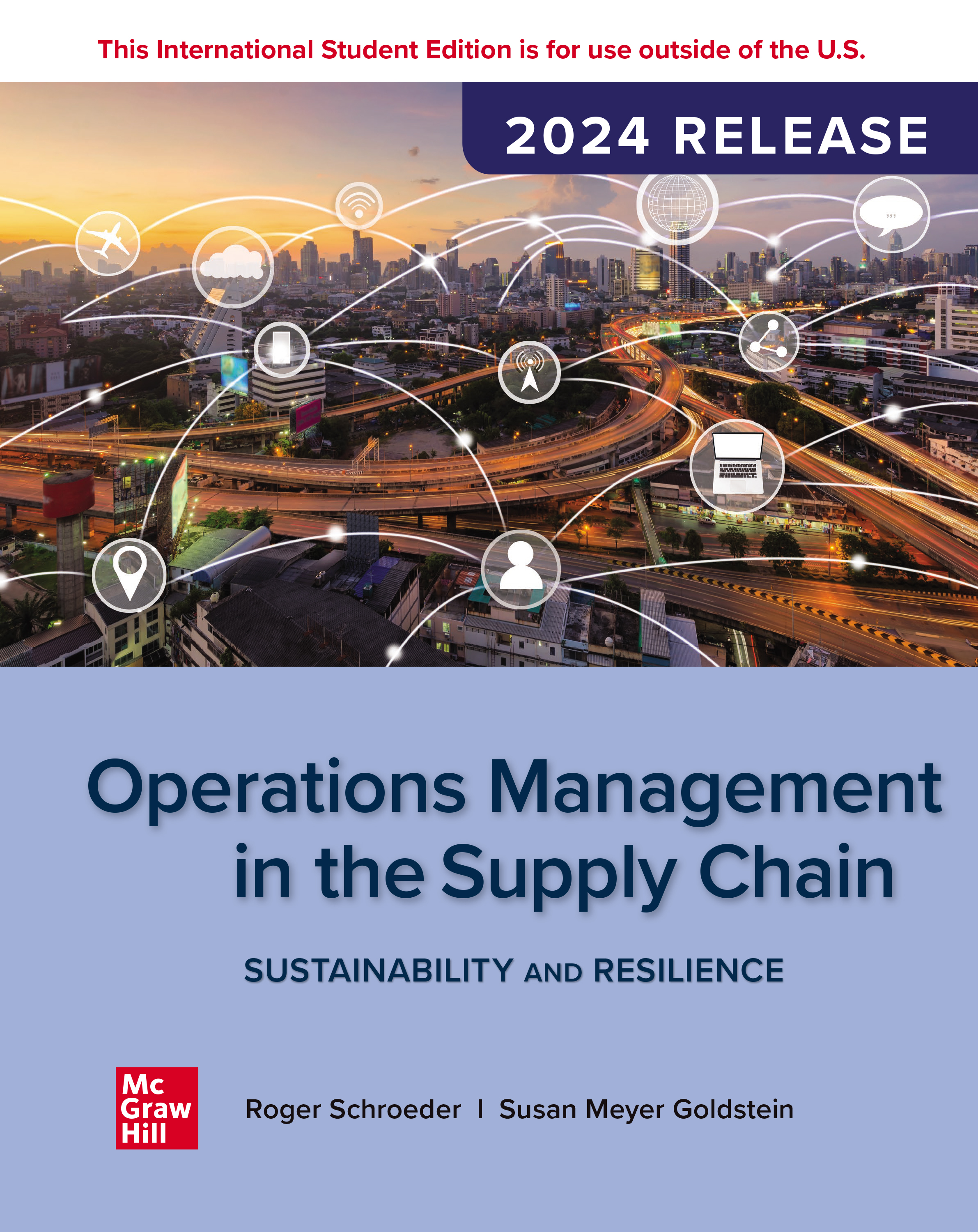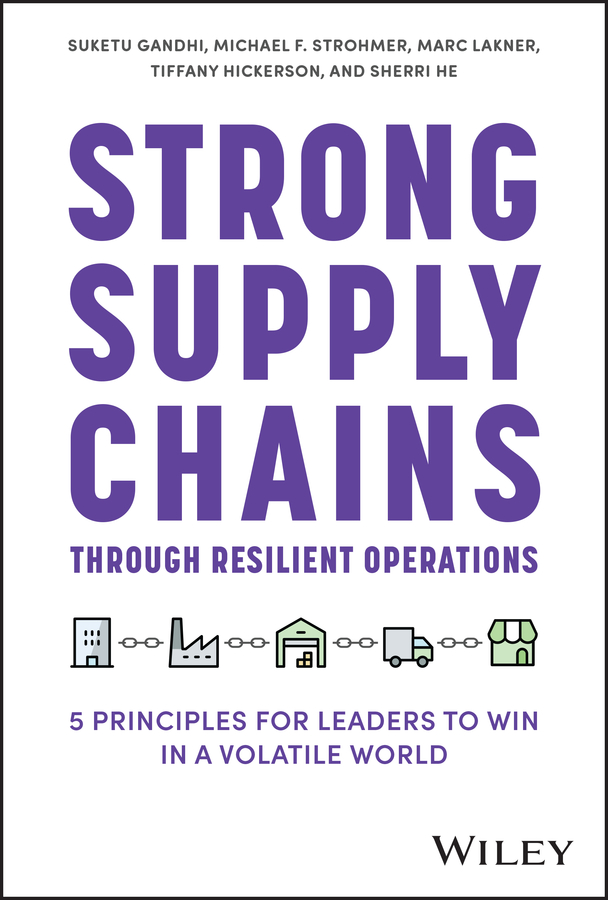CLCF25
LanguageENG
PublishYear2023
publishCompany
WSPC
EISBN
9789811260520
PISBN
9789811259685
- Product Details
- Contents
How to design an efficient and cost-effective logistics network? How to plan procurement, production, and transportation to meet customer demand with minimum operating costs? How to sequence jobs through machines for on-time order completion? And how to dispatch vehicles and schedule their routes to serve customers efficiently?Answers to these questions are key to effective and efficient supply chain operations. This book provides a systematic and comprehensive coverage of data-driven optimization modeling techniques and their applications in supply chain management. From the methodological perspective, it introduces various model building techniques including mathematical programming (linear and integer programming), network optimization, and constraint programming. From the application perspective, it covers the topics of supply chain network design, production planning, supply chain configuration, machine scheduling, and vehicle routing, among others. It also introduces the state-of-the-art optimization modeling software, the CPLEX OPL Studio, as a powerful and accessible tool for implementing the modeling techniques and solution methods in this book. Sample codes will be available upon purchase of the book.This book is essential reading material for researchers and students in business, data analytics, industrial engineering, computer science and applied math who would like to learn optimization modeling in the context of supply chains. It is also suitable for practitioners and consultants in industry who would like to understand the behind-the-scene techniques in off-the-shelf commercial optimization software. As a textbook, it can be used for an advanced undergraduate or graduate course in supply chain management, operations management, data analytics, economics, and industrial engineering.











